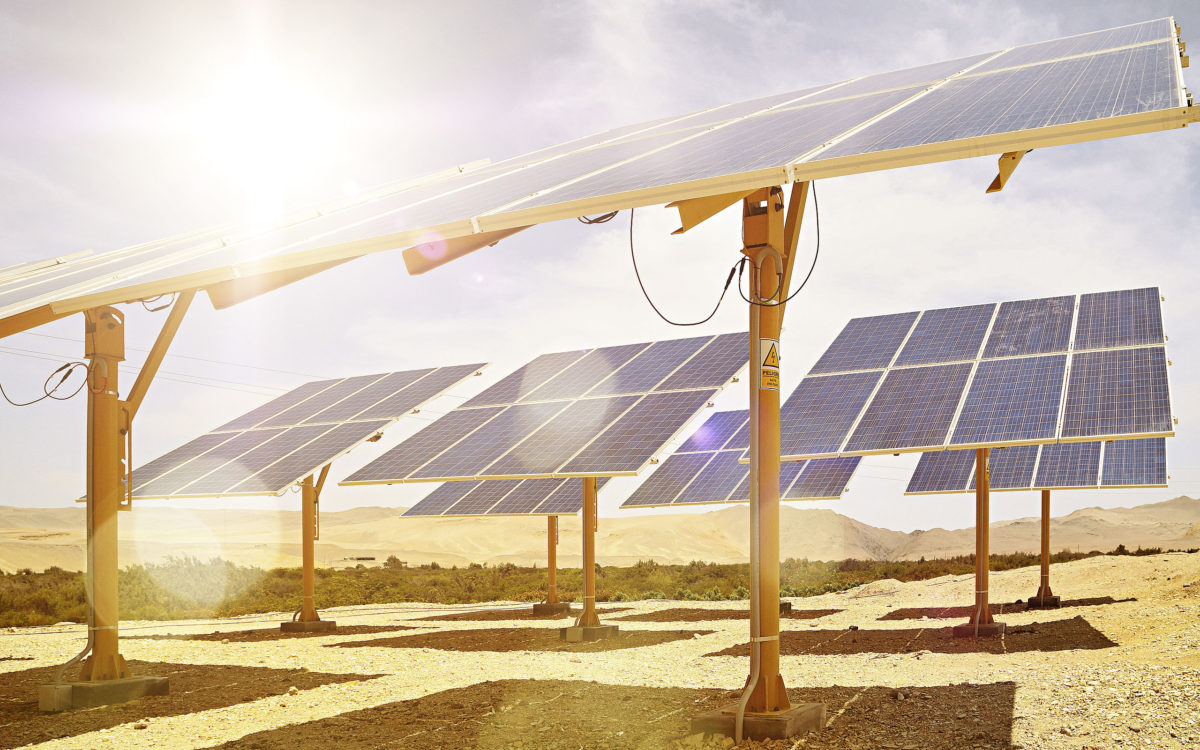Last year was another record-breaking year for solar installations, as a whopping 75 GW was installed worldwide, according to market analysis group PV Market Alliance (PVMA). The figures are similar to other market analysts, who all agree that over 70 GW was installed, which was buoyed by China, who installed over 34 GW alone.
The official PVMA figures state that 75 GW was installed last year, which is up 50% from the 50 GW that was installed in 2015; a genuinely commendable effort, and one that brings the total global capacity above 300 GW.
Of course, the star of the show was China, that surpassed all expectations, by installing an incredible 34.2 GW over the course of the year, bringing the country’s total installed capacity to 77 GW; now the global leader. This huge figure represents a 126% increase from 2015, and accounted for 45% of the total installed capacity in 2016.
In second spot was the U.S., where the solar market has been purring nicely, with a total of 13 GW installed. Finishing off the top three was the ever-dependable Japan, with a solid offering of 8.6 GW. Europe continued to disappoint with just 6.5 GW installed across the entire continent, while India has established itself as the new kid on the bloc, with an impressive 5 GW installed, up from 2 GW in 2015.
These figures are similar to those of other market analysts. Bloomberg New Energy Finance (BNEF) estimates that 70 GW of solar PV projects were completed last year, however, also noted that investment in solar had fallen 32% YoY in 2016, to USD 116 billion, while Mercom Capital forecasted back in December that the annual solar installations across the globe would reach 76 GW for 2016.
Choppy waters ahead
Although the global solar industry does indeed deserve a communal pat on the back for the year just passed, it better gear itself up for more challenging times ahead. The PVMA is forecasting that there will be a 13% drop in the market in 2017, with a pessimistic view that just 65 GW will be installed, while also forecasting continued pressure on module prices.
This somewhat gloomy outlook for 2017 can mainly be attributed to China, as the country has recently announced a scaling-back of its solar installation targets and financial incentives. However, that it not to say that these might be revised again, or that the country might exceed its targets (which it has done numerous times before), plus, it is likely that the country will pass the 100 GW installation mark this year, making it the first country to do so.
Another bad omen for the global solar industry is the uncertainty in the U.S. market, as it prepares for the presidency of climate change denier, Donald Trump, who has given plenty of indications that support for clean energy is under threat.
But it’s not all bad news, the Indian market is expected to grow to 9 GW, while emerging markets are starting to make names for themselves, contributing 7 GW in 2016. So, the future might yet be bright, it will take more stubborn resolve within the industry to power through these challenges, which is something that it has proved it can do.
This content is protected by copyright and may not be reused. If you want to cooperate with us and would like to reuse some of our content, please contact: editors@pv-magazine.com.



6 comments
By submitting this form you agree to pv magazine using your data for the purposes of publishing your comment.
Your personal data will only be disclosed or otherwise transmitted to third parties for the purposes of spam filtering or if this is necessary for technical maintenance of the website. Any other transfer to third parties will not take place unless this is justified on the basis of applicable data protection regulations or if pv magazine is legally obliged to do so.
You may revoke this consent at any time with effect for the future, in which case your personal data will be deleted immediately. Otherwise, your data will be deleted if pv magazine has processed your request or the purpose of data storage is fulfilled.
Further information on data privacy can be found in our Data Protection Policy.